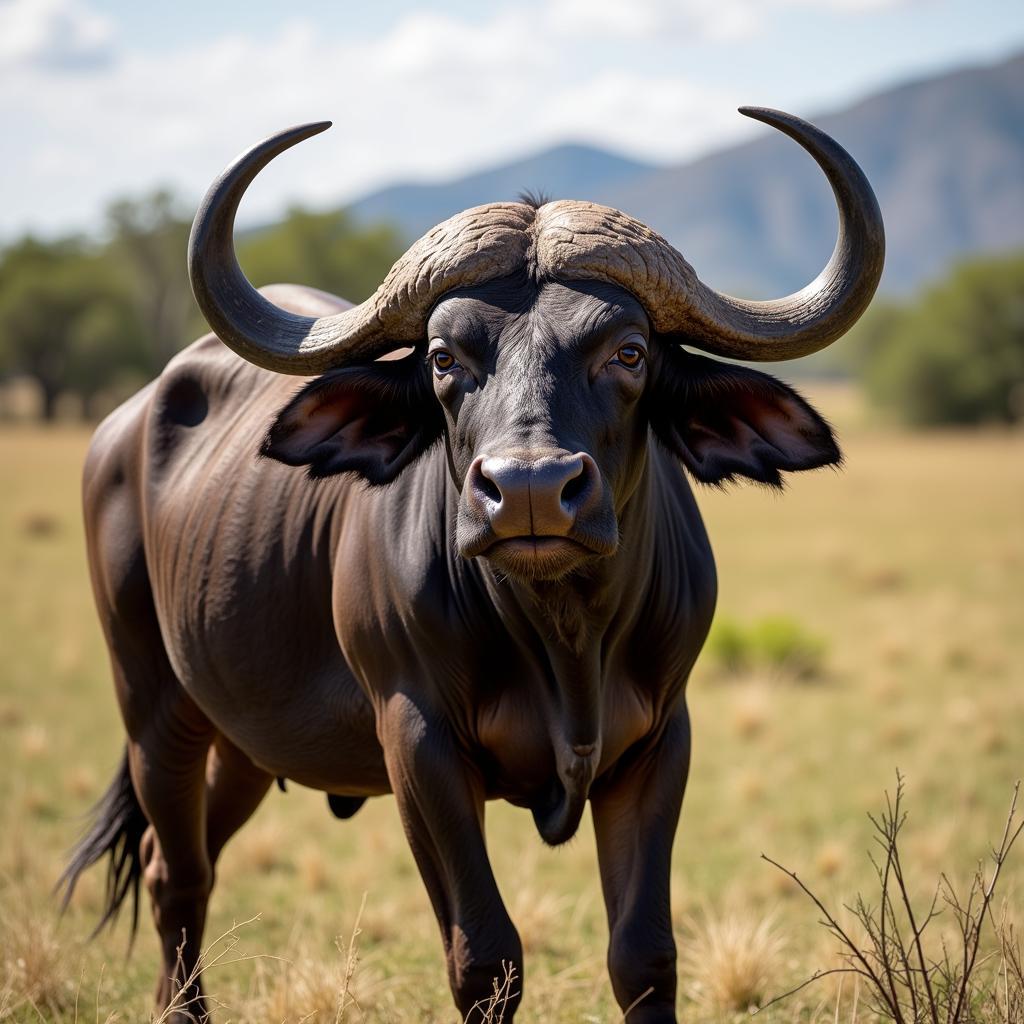African Dances by Country: A Vibrant Tapestry of Culture
African dances are more than just rhythmic movements; they are vibrant expressions of culture, history, and spirituality. From the energetic Adumu of the Maasai in Kenya to the graceful Gumboot dancing of South Africa, each country boasts a unique repertoire that tells a story. This exploration of African Dances By Country offers a glimpse into the diverse traditions that make this continent so captivating.
Exploring the Rhythms of West Africa
West Africa is a melting pot of dance traditions, each with its own distinct flavor. In Ghana, the Adowa, performed at funerals and festivals, is known for its intricate footwork and expressive movements. Nigeria, with its vast ethnic diversity, showcases dances like the Atilogwu, a fast-paced display of strength and agility. Senegal’s Sabar, often accompanied by the hypnotic rhythms of the sabar drum, is a testament to the power of percussive music. These dances are not just performances; they are rituals, celebrations, and forms of storytelling passed down through generations.
Check out this resource on african drum music for dance.
East Africa: Where Dance Meets Tradition
East Africa’s dance traditions are often deeply intertwined with ceremonial practices and societal structures. The Maasai of Kenya and Tanzania are renowned for the Adumu, a jumping dance performed by warriors to demonstrate their strength and prowess. In Ethiopia, the Eskista is a mesmerizing shoulder dance that requires incredible control and flexibility. These dances are more than just entertainment; they are integral to community life, reflecting social hierarchies, spiritual beliefs, and historical narratives.
Southern Africa: A Fusion of Influences
Southern Africa’s dance landscape is a blend of indigenous traditions and influences from European settlers. South Africa’s Gumboot dancing, born in the gold mines, uses wellington boots to create percussive rhythms. Zimbabwe’s Mbende Jerusarema dance, characterized by its energetic movements and rhythmic stomping, is a testament to the resilience and creativity of its people. This fusion of styles creates a unique dance vocabulary that reflects the region’s complex history and cultural diversity.
What are some of the most popular African dances?
Some of the most well-known African dances include the Adumu (Maasai), Gumboot dancing (South Africa), and the Atilogwu (Nigeria). These dances offer a glimpse into the diversity and richness of African cultural expression.
How do African dances differ by region?
African dances vary significantly by region, reflecting the unique cultures, histories, and traditions of each area. West African dances often emphasize intricate footwork and drumming, while East African dances are frequently linked to ceremonial practices and social structures. Southern Africa boasts a fusion of indigenous and European influences.
What is the significance of music in African dance?
Music is inseparable from African dance. Drums, in particular, play a vital role, providing the rhythmic foundation for the movements and often serving as a means of communication and storytelling. The interplay between music and dance creates a powerful and immersive experience. This story about a story a story an african t might give you further insight.
Are African dances still practiced today?
Yes, African dances are very much alive today. They continue to be performed at celebrations, ceremonies, and cultural events, preserving traditions and passing them on to new generations. You can also learn about african bg to gain deeper understanding.
How can I learn more about African dances?
There are many resources available to learn more about African dances, including books, documentaries, and online classes. You can also experience these vibrant traditions firsthand by attending cultural events and performances. Perhaps explore resources about african booty iporntv or african black girl xxx. These resources will provide you further information on the subject.
Conclusion
African dances by country offer a fascinating journey into the heart of the continent’s diverse cultures. From the energetic leaps of the Adumu to the rhythmic stomping of Gumboot dancing, each dance tells a unique story of tradition, history, and community. Exploring these vibrant expressions of art provides a deeper understanding of the rich tapestry that makes Africa so captivating.
When you need help, don’t hesitate to contact us:
Phone: +255768904061
Email: kaka.mag@gmail.com
Address: Mbarali DC Mawindi, Kangaga, Tanzania.
Our customer service team is available 24/7.


